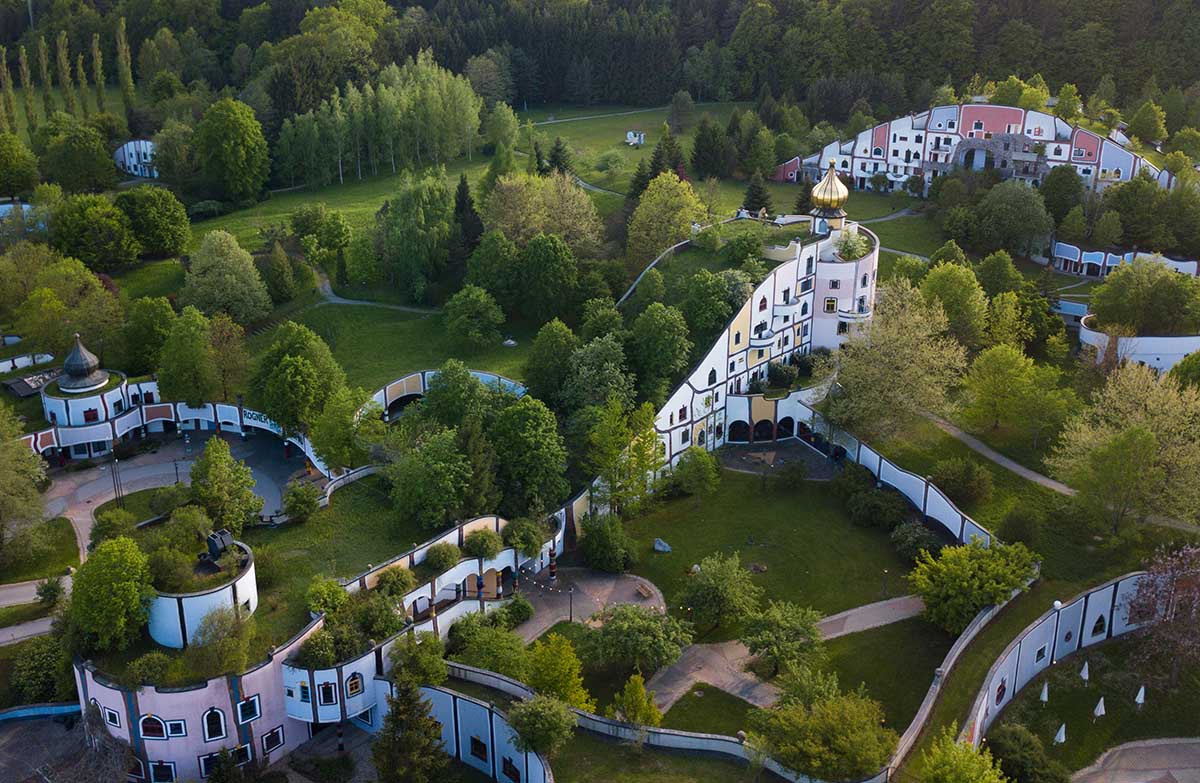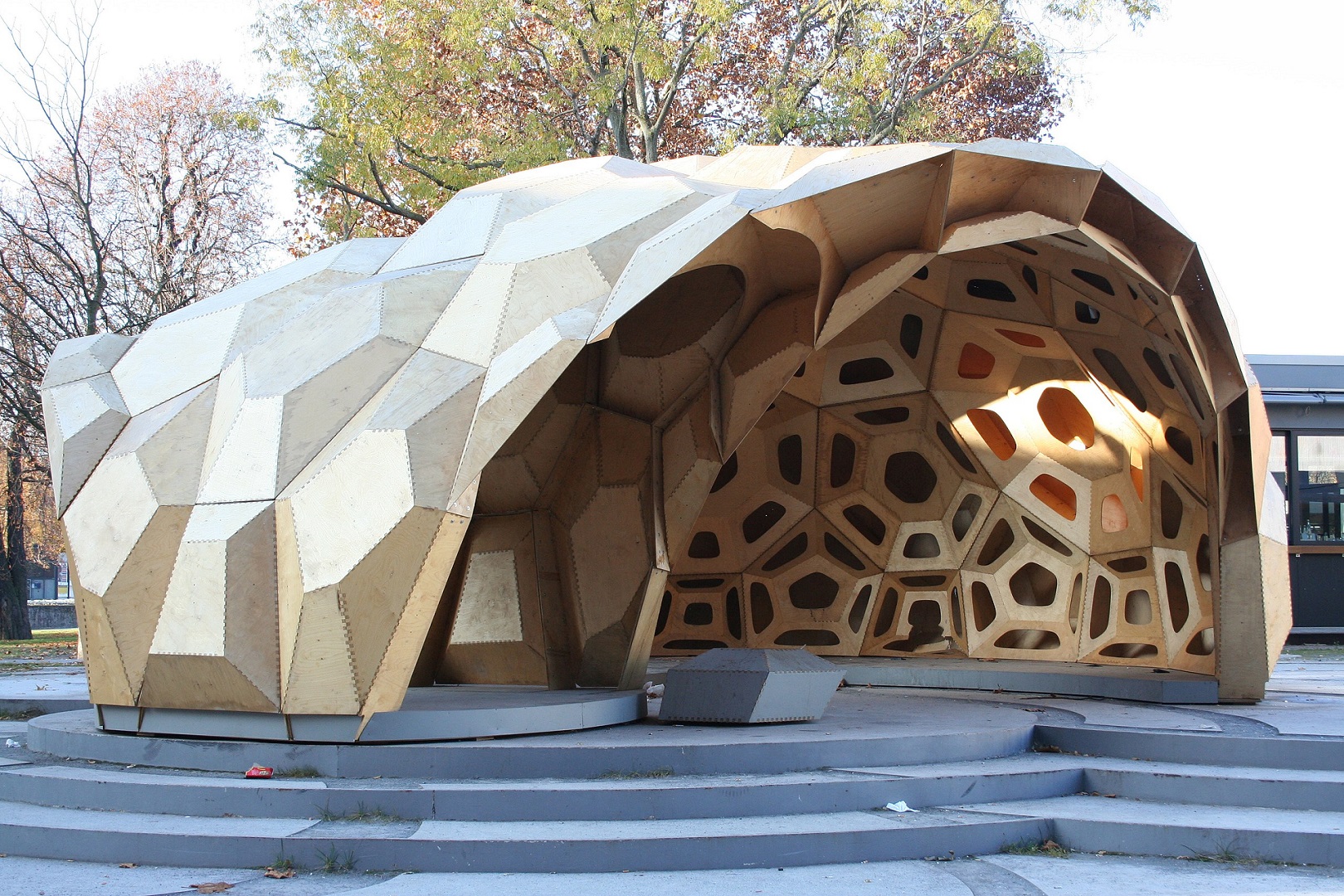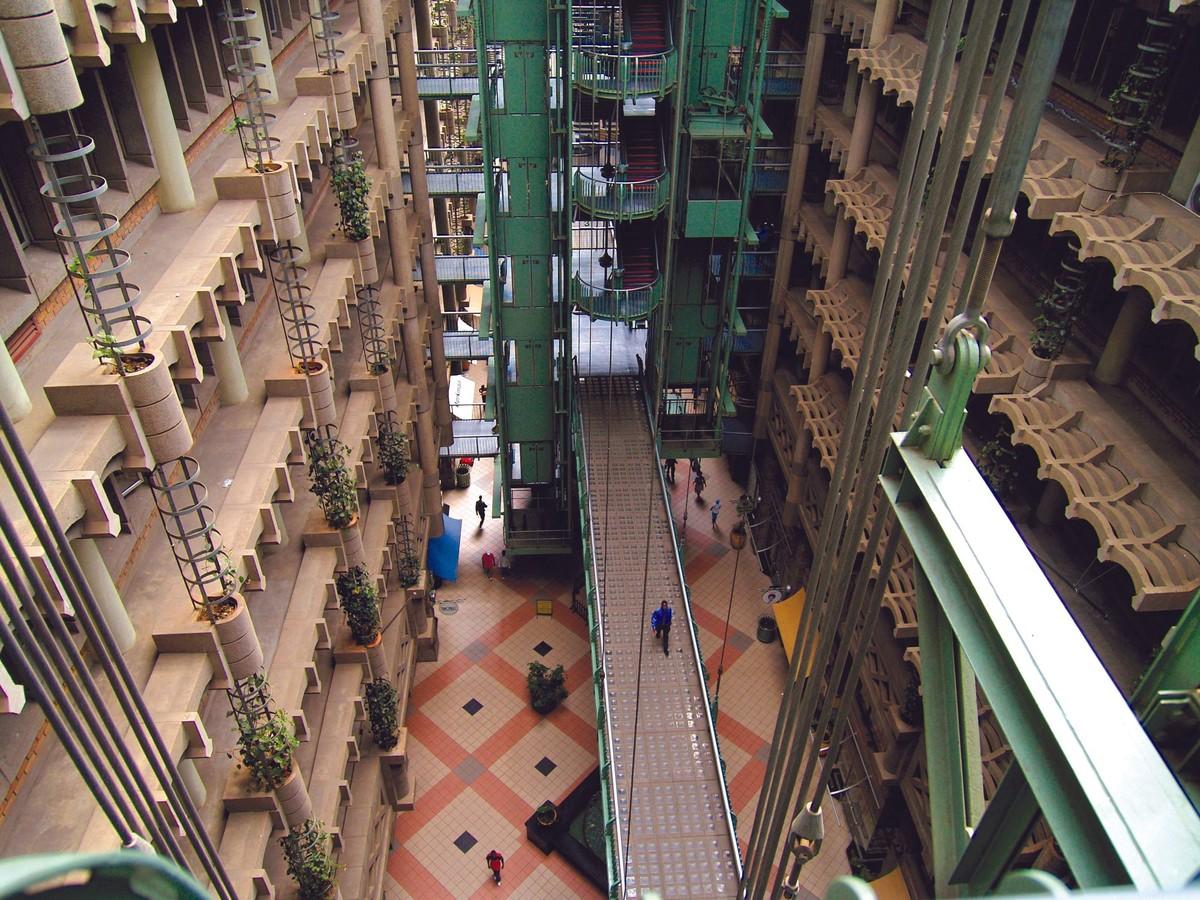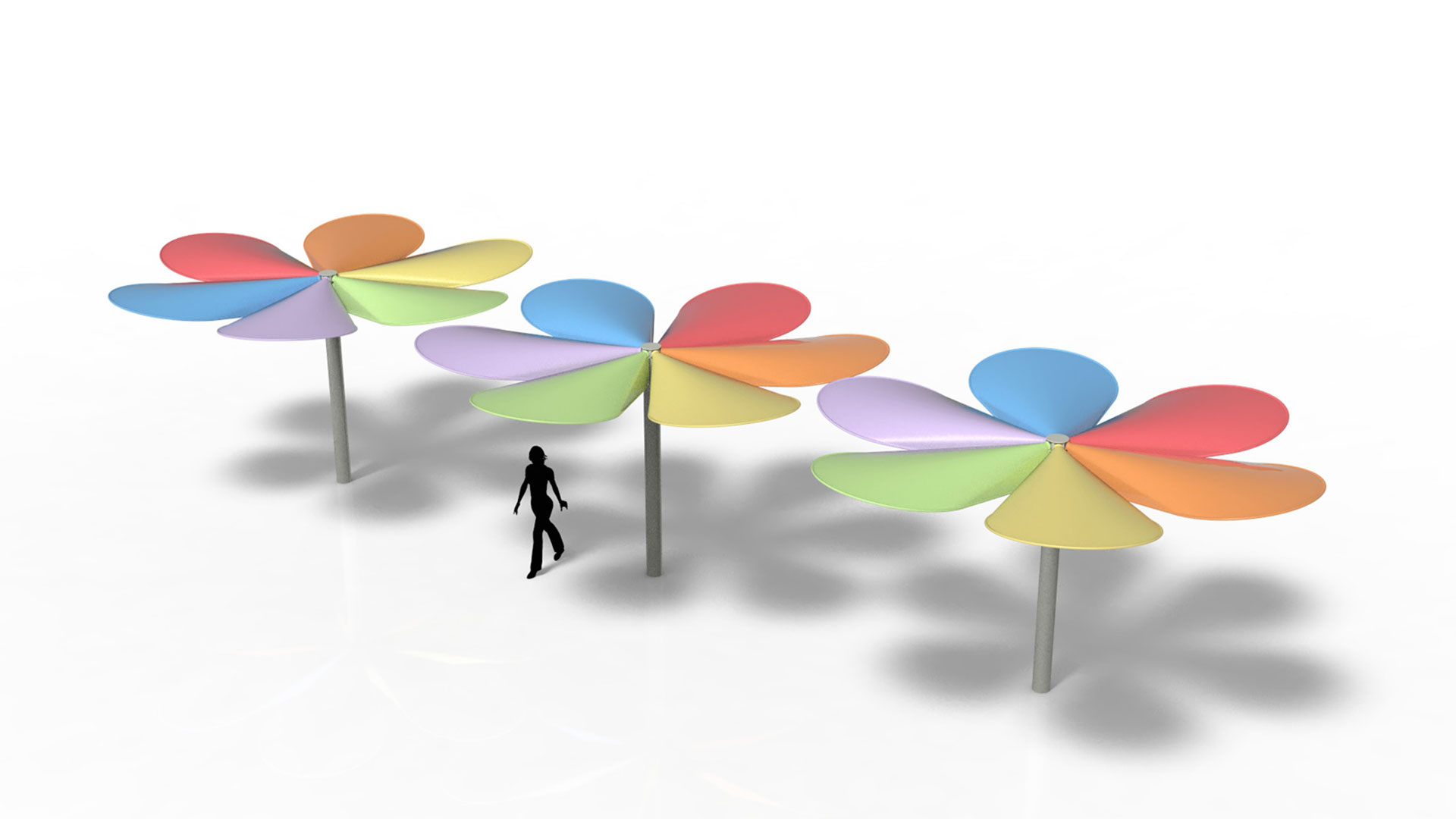The links between architecture and nature have been a constant in the history of mankind, from the earliest civilisations to the present day. Different cultures in different regions of the world developed architectural styles based on the observation and incorporation of the forms and elements of nature into buildings.
Vernacular architecture is an early example of this influence of nature on architecture. In this case, architectural productions were adapted to the environmental conditions of a specific region and became part of the culture of its inhabitants. The same is true of other architectural styles throughout history, such as late Gothic and Renaissance, with their search for balance, symmetry and harmony, as a reflection of nature, in their buildings.
Today, in a context of growing concern for the environment and climate change, nature is still a powerful source of inspiration for contemporary architecture. Therefore, through the exploration of solutions that respect and avoid interference in its processes, nature has become a key driver of an architecture that wants to be sustainable and environmentally responsible.
Organic architecture, inspired by the shapes present in nature, takes this path towards a deeper relationship with it. Architects such as Frank Lloyd Wright, Antoni Gaudí and Hundertwasser are examples of the organic architecture movement. The form and function of their works reflect this influence of nature.
Biomimetic architecture is another approach to recognising the close relationship between nature and architecture. Specifically, biomimetics is an architectural discipline that applies the imitation of nature’s biological strategies and processes to the solution of human problems. Notable examples of this contemporary architectural trend are the Eastgate building in Zimbabwe, inspired by African termite mounds and their ventilation systems, or the World Trade Center in Bahrain, located in the capital Manama, whose façade mimics the structure of a palm tree.
So, thanks to the climatic challenges of the present and the future, nature is increasingly influencing architecture. And not only from a formal point of view, but more profoundly, as a key director that allows it to become, through the design of buildings and structures, part of the solution.
By Juan Guardiola Cutillas, senior architect in the Architecture Department of Amusement Logic










